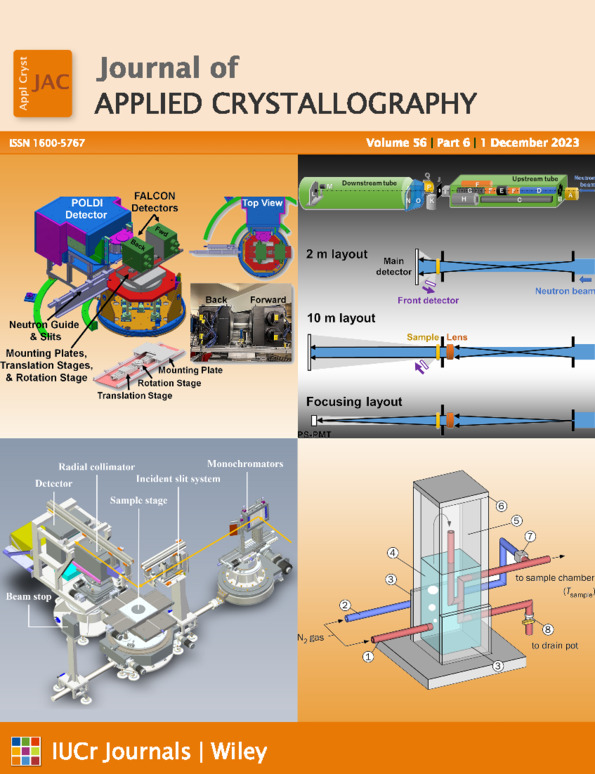Considerations for quantitative in situ X-ray powder diffraction studies of solid-state reactions
Abstract
The importance of sample preparation in collecting high-fidelity powder diffraction data suitable for quantitative structure and phase analysis is well established. Such powder diffraction experiments are increasingly being applied in situ, during reactions, to explore solid-state reactivity. When applied in situ, X-ray diffraction is widely used to gain insight into the mechanism and kinetics, and to identify dynamic intermediate states. Here, using a model ion-exchange reaction (NaFeO2 + LiCl → LiFeO2 + NaCl), we show that sample preparation not only influences the fidelity of powder diffraction analysis but also impacts the observed reaction progress. Specifically, we found that the observed reaction progress can differ by ∼50% depending on the capillary sample preparation. Thus, for in situ diffraction studies of solid-state reactions, packing fraction is an important and previously unrecognized consideration that impacts reproducibility and fidelity of the reaction study.




